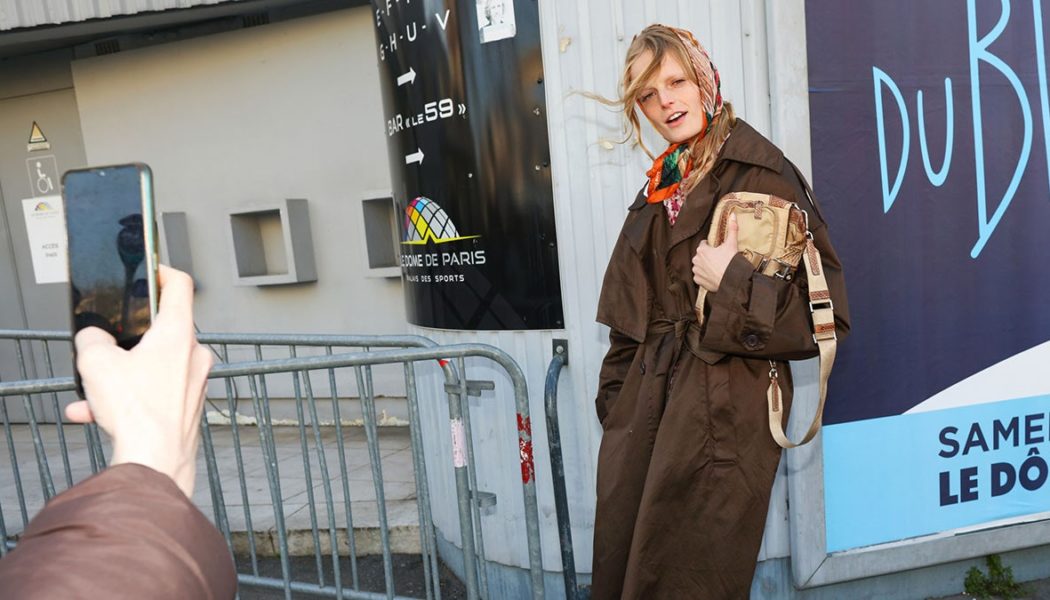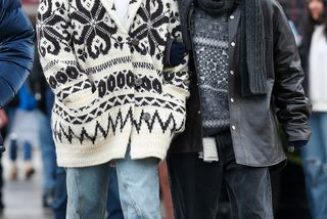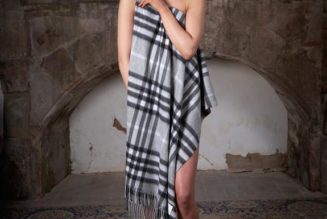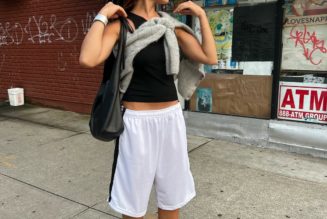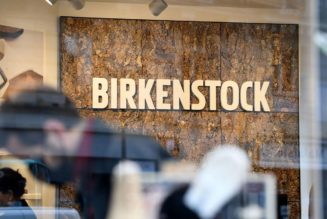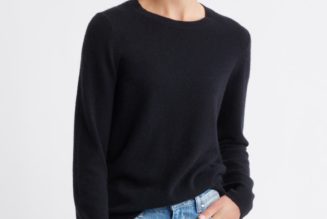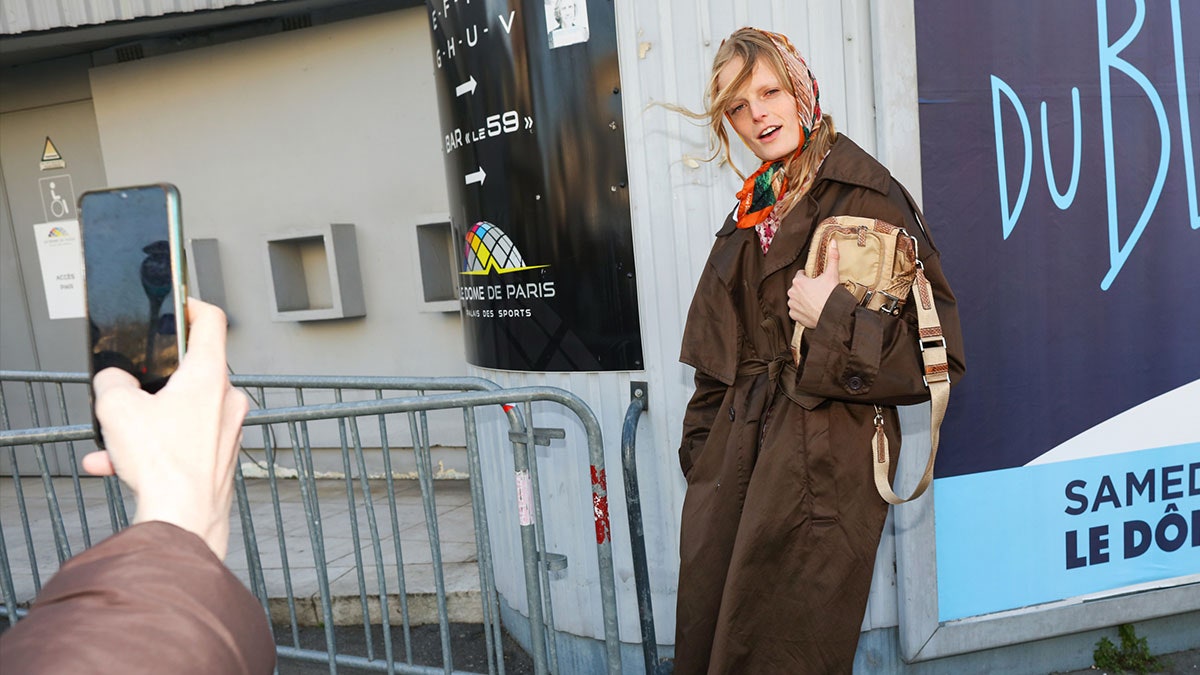
There’s some sense in focusing on more expensive “must-have” pieces, Globaldata’s Saunders says, given that the higher-end part of the market is more insulated from economic headwinds. “That said, a sensible price architecture that enables people from all levels and budgets to shop is also important, depending on the composition of a resaler’s shopper base,” he says. “The most important thing is to have some curation so that consumers are not having to sift through loads of irrelevant products.”
Thredup is approaching the forthcoming year with this in mind. It’s been testing fees for its clean out kits (which enable consumers to donate clothing in bags supplied by Thredup). “We were looking for ways to prioritise our best sellers and monetise the brand equity we’ve built as being the most convenient place to clean out your closet,” Reinhart explained. Following tests, products are higher quality and, since they’re paying, people are adding more items to the kits.
Thredup is also focusing on “sculpting and merchandising the mix of products that is coming in” to optimise the business in 2023, Reinhart said.
More resale sites are curating their products: in November, Vestiaire Collective announced that it will ban fast fashion from its platform, part of an ongoing campaign to raise awareness of textile waste and curb overconsumption. This comes as sustainability experts warn of the pitfalls of resale, which some say only perpetuates the culture of overconsumption, offering customers a way to divert their fast fashion spend to products with less guilt attached. Resale platforms often use the same marketing tactics as brands — a constant stream of push notifications, sales and emails — but there have been questions raised over whether fashion’s more traditional exponential growth model should be seen as aspirational in a sector underpinned by sustainability concerns. A recent EU report says resale should not be viewed as a sustainable solution unless the production of new clothing reduces in line with resale’s growth.
The year ahead
To Fashionphile’s Davis, the biggest challenge for luxury resale in the coming year will be agility. “Every retailer and reseller online and off is facing intense macro pressure and the downward pull of even perceived issues in the economy,” she says. “We [resellers] have more flexibility than most to be able to buy and sell inventory that customers today want to sell and buy. You really have to be listening — to the customer and the data — to do this in real time.”
Saunders points to the benefit of exploring additional revenue streams, such as allowing third parties to use the platform and technology to “help bolster the bottom line in the short term”. Thredup has seen success in this vein: its resale-as-a-service (RaaS) platform had 42 brand clients at the end of 2022, and will onboard J Crew and Kate Spade in 2023, among others. It’s a means of expanding long-term profitability by adding sources of high-margin revenue, Reinhart said on the earnings call.
Resale companies are also focusing on tech investment to boost efficiency and useability. The RealReal’s Levesque noted that 40 per cent of the company’s handbags are now authenticated via machine learning, as the retailer continues to invest in tech to increase efficiencies. Thredup is also continuing to invest in tech; its recently-opened Dallas facility is built around advanced technologies, including a multi-level garment storage system, automated tag photo studio and inspection studios optimised for future automation.
Though economic headwinds prevail, resale is relatively well-positioned going into the year ahead. Thredup’s Reinhart is cautiously optimistic — particularly given resale’s value proposition at the intersection of a decline in retailer promotions and value-seeking consumers. “While we’re playing defence in the current environment, we’re positioning the business for offence, when buyer and competitive dynamics normalise.”
Comments, questions or feedback? Email us at feedback@voguebusiness.com.
The trouble with secondhand: It’s becoming like fast fashion
After founder’s exit, The RealReal appoints CEO to lead turnaround
Not just “like new”: Visibly used bags rise in resale’s ranks
